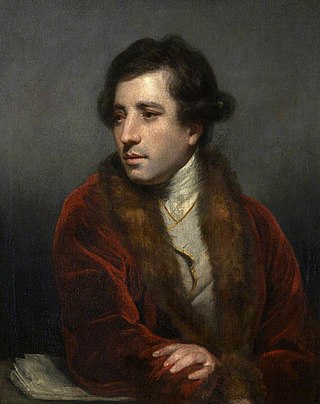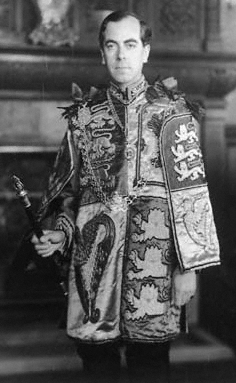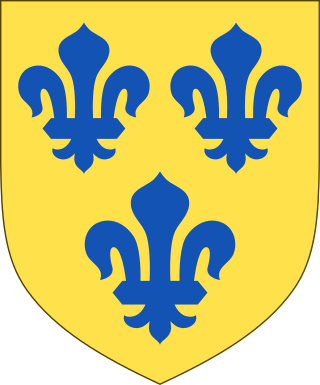
Francesco Bartolozzi was an Italian engraver, whose most productive period was spent in London. He is noted for popularizing the "crayon" method of engraving.

Esquire is usually a courtesy title.

Sir Anthony Richard Wagner was a long-serving officer of arms at the College of Arms in London. He served as Garter Principal King of Arms before retiring to the post of Clarenceux King of Arms. He was one of the most prolific authors on the subjects of heraldry and genealogy of the 20th century.

Arthur Charles Fox-Davies was a British expert on heraldry. His Complete Guide to Heraldry, published in 1909, has become a standard work on heraldry in England. A barrister by profession, Fox-Davies worked on several notable cases involving the peerage, and also worked as a journalist and novelist.
Joseph Adams was a British physician and surgeon.
Sir Robert Douglas of Glenbervie, 6th Baronet was a notable genealogist responsible for one of the major works on Scottish families, The Baronage of Scotland.
John Burke was an Irish genealogist, and the original publisher of Burke's Peerage. He was the father of Sir Bernard Burke, a British officer of arms and genealogist.
"The five royal tribes of Wales" and "The fifteen tribes of Gwynedd" refer to a class of genealogical lists which were compiled by Welsh bards in the mid-15th century. These non-identical lists were constructed on the premise that many of the leading Welsh families of their time could trace their descent to the "five royal tribes of Wales" or the "fifteen noble tribes of Gwynedd".
William Berry was an English genealogist, known for various publications on family history and heraldry.

Sir William Segar was a portrait painter and officer of arms to the court of Elizabeth I of England; he became Garter King of Arms under James I.
John Gage Rokewode was a historian and antiquarian.
Sir Peter Wyche was an English diplomat and translator.

Sir William Betham (1779–1853) was an English-born Irish herald and antiquarian who held the office of Ulster King of Arms from 1820 until his death in 1853. He had previously served as the Deputy Ulster from 1807 to 1820. He was knighted in 1812 by King George III.

Robert Glover was an English officer of arms, genealogist and antiquarian in the reign of Elizabeth I. In the College of Arms, he rose to the rank of Somerset Herald of Arms, serving in that capacity from 1571 until his death in 1588. As marshal and deputy to his father-in-law, William Flower, Norroy King of Arms, he participated in heraldic visitations throughout northern England.

Robert Cooke was an English Officer of Arms during the reign of Elizabeth I, who rose swiftly through the ranks of the College of Arms to Clarenceux King of Arms, serving in that office from 1567 until his death in 1592–3.
An Irish feudal barony was a customary title of nobility: the holder was always referred to as a Baron, but was not the holder of a peerage, and had no right to sit in the Irish House of Lords. In 1614 the Dublin Government noted that there were "diverse gentlemen" in Ireland who were called Baron, yet: "Never was any of them Lord Baron nor summoned to any Parliament".
Thomas Talbot was an English antiquary.
Samuel Dunn was a British mathematician, teacher, cartographer and amateur astronomer.
John Lodge (1692–1774) was an English archivist and historian, best known for his work The Peerage of Ireland, a complete genealogical history of Irish peers.
Þjalar-Jóns saga, also known as Saga Jóns Svipdagssonar ok Eireks forvitna is a medieval Icelandic saga defined variously as a romance-saga and a legendary saga. The earliest manuscript, Holm. perg. 6 4to, dates from around the first quarter of the fifteenth century, and the saga is thought to be from the fourteenth century.









